Tamron SP 24-70 mm f/2.8 VC USD G2
5. Chromatic and spherical aberration
Chromatic aberration
The tested lens doesn’t have any problems with longitudinal chromatic aberration. Both at 50 mm and 70 mm out-of-focus images are just slightly tinted or even not tinted at all.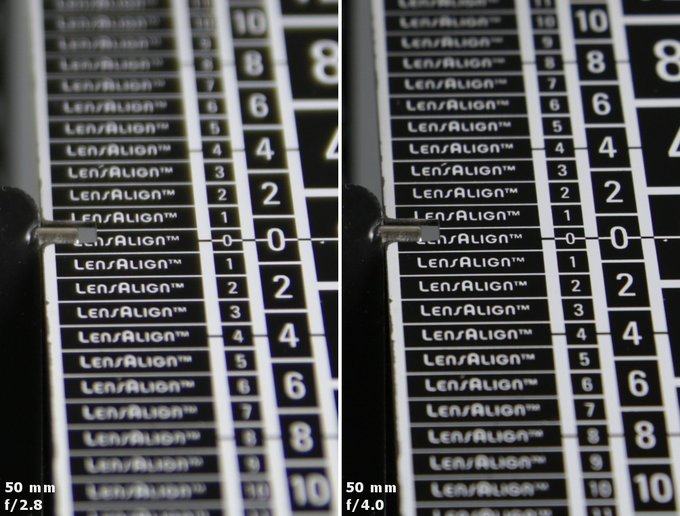 |
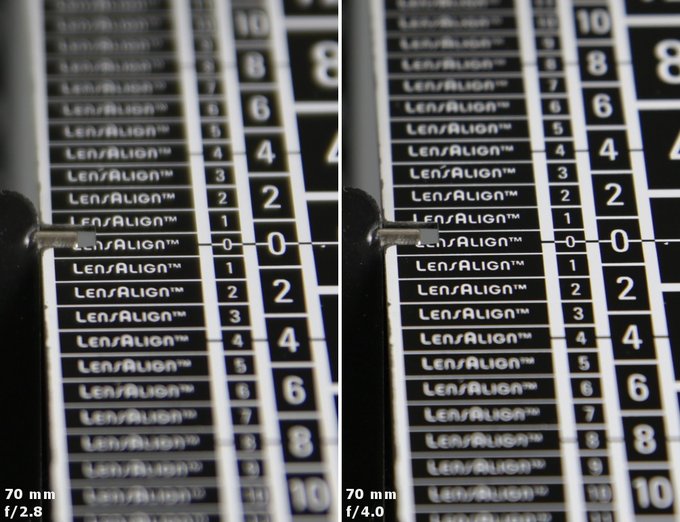 |
What about the lateral chromatic aberration? Two graphs below, first for the edge of the smaller APS-C/DX sensor and the second for the edge of full frame, present the performance of the lens depending on the employed focal length and aperture.
Please Support UsIf you enjoy our reviews and articles, and you want us to continue our work please, support our website by donating through PayPal. The funds are going to be used for paying our editorial team, renting servers, and equipping our testing studio; only that way we will be able to continue providing you interesting content for free. |
- - - - - - - - - - - - - - - - - - - - - - - - - - - - - - - - - - - - - - - - - - - - - - - -
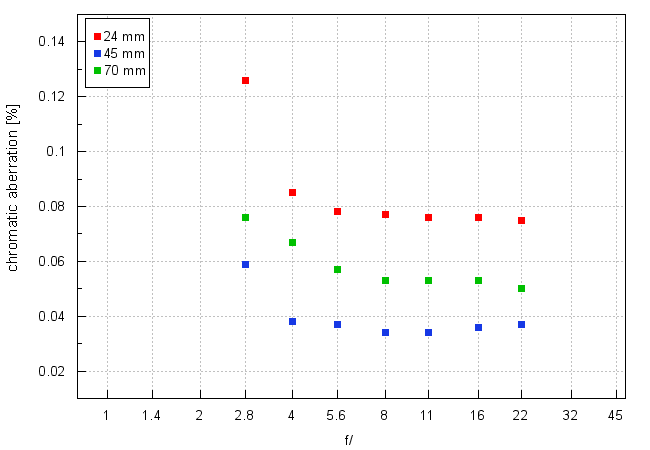
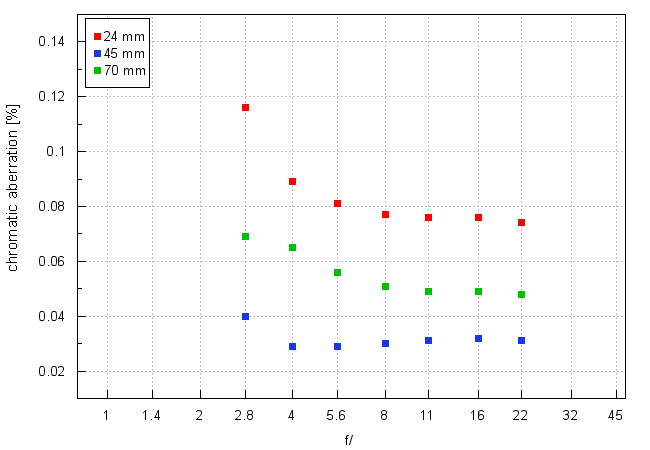
There are no problems with any type of that aberration in the middle of the focal range as its level is very low no matter what detector or aperture value you are dealing with. A bit higher level can be observed at 70 mm but even there that aberration remains low, never reaching medium values.
The biggest chances to notice lateral chromatic aberration you get at the shortest focal length. Near f/2.8 the results are on a medium level of 0.12% but on stopping down that aberration decreases and becomes low by f/5.6.
In this category the Tamron compares very favourably with its rivals because all of them had such a combination of apertures and focal lengths for which that aberration level was high or even very high. The Tamron’s level is medium at most and only by 24 mm and close to the maximum relative aperture; across the rest of focal and aperture ranges the aberration remains low or very low.
| Canon 5D III, RAW, 24 mm, f/2.8 | Canon 5D III, RAW, 45 mm, f/11.0 |
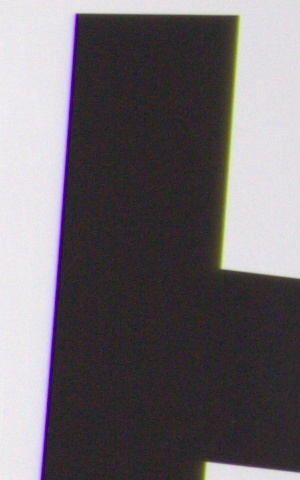
|

|
Spherical aberration
First photos of this chapter don’t feature any significant focus shift effect and it is a huge surprise because the predecessor of this lens had a very noticeable focus shift. Circles of light reached before and after the focus aren’t identical, though, and you can notice classic symptoms of badly corrected spherical aberration. The situation isn’t bad but it seems in this category there is still room for improvement.
| Canon 5D III, 70 mm, f/2.8, in front of | Canon 5D III, 70 mm, f/2.8, behind |
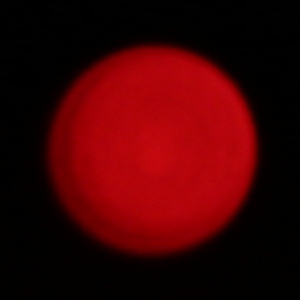
|
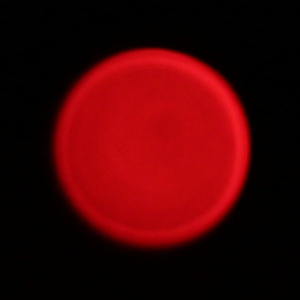
|






